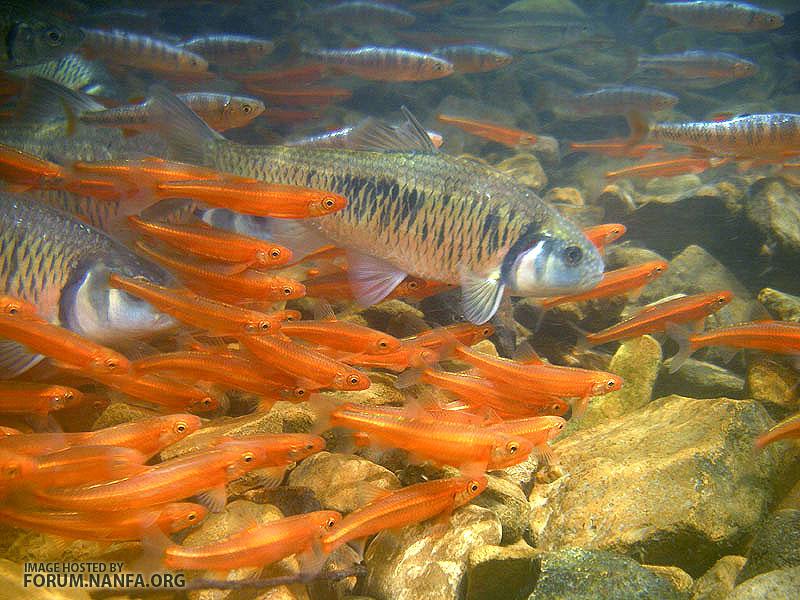22MAR09 Southern Will County
#1
 Guest_airbrn1187_*
Guest_airbrn1187_*
Posted 23 March 2009 - 12:42 PM
First creeks catch
Campostoma anomalum
Nocomis bigguttatus
Luxilus chrysocephalus
Lythrurus umbratilis
Notemigonus crysoleucas
Pimephales notatus
Catostomus commersoni
Lepomis cyanellus
Etheostoma flabellare
Etheostoma nigrum
Etheostoma spectabile
At this second creek the list was way more impressive and we caught several I had never seen before. So to say the least Uland and I had a very productive day. Uland as always took several hundred pictures and will post some of them later on.
Second creeks catch
Campostoma anomalum
Nocomis bigguttatus
Cyprinella spiloptera
Luxilus chrysocephalus
Notropis ludibundus
Notropis rubellus
Pimephales notatus
Catostomus commersoni
Hypentelium nigricans
Ambloplites rupestris
Lepomis cyanellus
Lepomis megalotis
Etheostoma flabellare
Etheostoma nigrum
Etheostoma spectabile
Etheostoma zonale
Etheostoma maculata
So needless to say Uland and myself had a very good day of fishing.
#5
 Guest_blakemarkwell_*
Guest_blakemarkwell_*
Posted 23 March 2009 - 07:27 PM
Blake
#6
 Guest_Uland_*
Guest_Uland_*
Posted 23 March 2009 - 09:03 PM
Below photo is Mark with a fish.

Blake, I think it will be a little while before colors are good up here but the E. spectabile are getting close. I'll get to work on the fish photos and I'd love opinions on the backdrop. Mark brought along black, vlour-ish material which I think helped getting the black better and I also used a light gray backdrop with each fish. I think it will be an interesting comparison.
#8
 Guest_Uland_*
Guest_Uland_*
Posted 24 March 2009 - 12:04 AM

Below are the same Notemigonus crysoleucas Golden Shiner on different backgrounds, one light gray and one with Mark's black vlour-ish material.
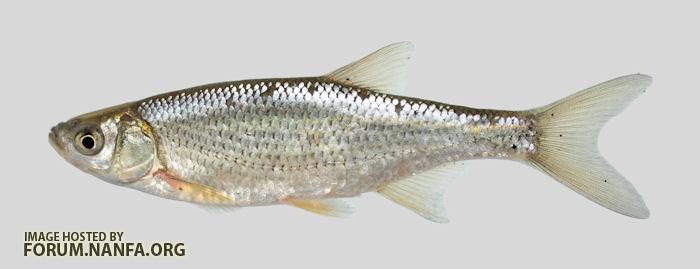

Next are Etheostoma spectabile Orangethroat Darter.

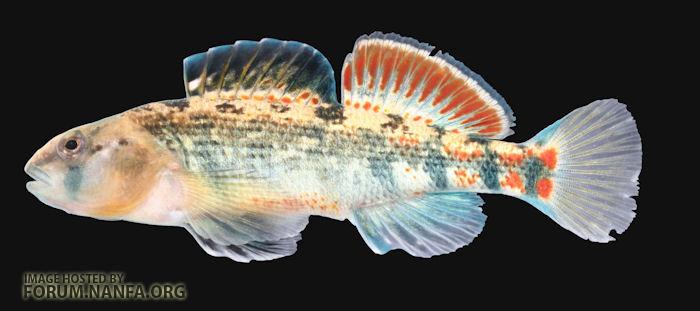
I think the black background worked much better and I'll also have to try darker gray next time out.
I'll get more photos up tomorrow.
#9
 Guest_farmertodd_*
Guest_farmertodd_*
Posted 24 March 2009 - 07:13 AM
My vote is for the gray. I was always unimpressed with the photos Noel and Larry had of dead fish on that color, so if you told me I would prefer it two weeks ago, I would have said no way. But their pictures were never cropped to the subject, nor were they actually in life color (formalin does something to the slime coat that looks wrong). With the gray, you get the subtle light coloration in the finage. Black just seems too stark and bulky to me. That's my half a penny, anyway
Todd
#10
 Guest_Uland_*
Guest_Uland_*
Posted 24 March 2009 - 10:27 AM
With these modern cameras, pan shots are so easy and helps tie the sampling together for myself and others.
I think the gray are a bit better but I'm very pleased with the progress of the black. I believe if I continue with black, I can tweak my camera settings and get much better shots. With my current technique I see a trade off in clear fin detail vs. body detail with the two backgrounds. Perhaps a darker gray will allow me to compromise the two? I hope to find out soon.

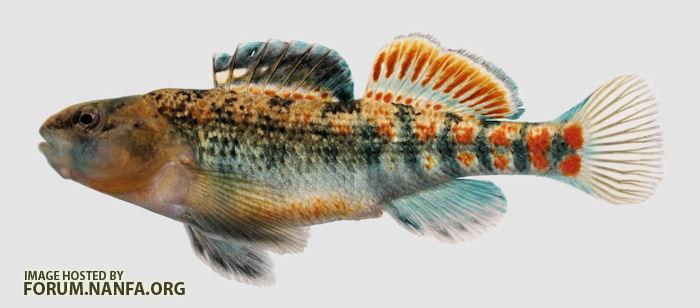
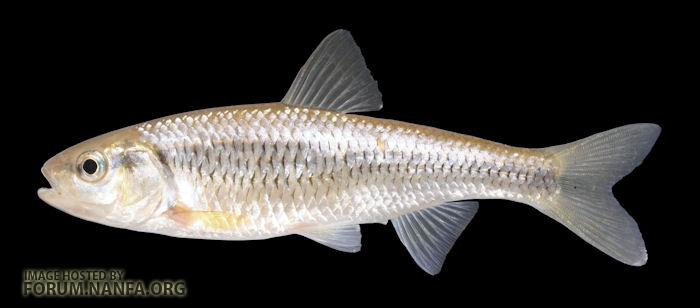

I'll get a few more photos up tonight.
#11
 Guest_blakemarkwell_*
Guest_blakemarkwell_*
Posted 24 March 2009 - 11:09 AM
Blake
#12
 Guest_farmertodd_*
Guest_farmertodd_*
Posted 24 March 2009 - 11:25 AM
I played with my contrast and various screen angles etc, and in all cases, I could see the detail of the fish's body best in the gray. Perhaps a darker gray, yes, would be the compromise.
So which Luxilus are you calling that one?
Todd
#13
 Guest_Uland_*
Guest_Uland_*
Posted 24 March 2009 - 12:05 PM
Yeah, you're going to have to really play with the camera to get it to quit overexposing the fish's body, esp on the silver jobbies. It's like etching (gray) vs relief (black). I think etching is going to have more definition.
I played with my contrast and various screen angles etc, and in all cases, I could see the detail of the fish's body best in the gray. Perhaps a darker gray, yes, would be the compromise.
So which Luxilus are you calling that one?
Todd
I'm sure there is an easy way to get this right, I just need to play around with it a bit more. I've not been able to fix the exposure in post processing either. I've been taking most of my photos using aperture priority to obtain depth of field and I suspect this is the cause of the exposure problem.
That Luxilus would still key out as chrysocephalus using every reference I own but there are plenty of reference materials I lack. I hope to get nice, adult L. cornutus from the Apple river this year and I'll likely get some decent L. chrysocephalus shots in Kentucky this year.
I'm going to hunt for more backdrop supplies this evening
#16
 Guest_blakemarkwell_*
Guest_blakemarkwell_*
Posted 24 March 2009 - 01:05 PM
With regard to the formalin, I agree it can mess up the slime coat and give "off" colors. However, it can be done right, if Tom Near never would of told me he used formalin on his specimens I would not of believed or assumed it, yet he does. Every time I stick an Ammocrypta, Ulocentra, Cottus, or Noturus in a phototank, I start to realize more and more why those guys use formalin.
The photos are looking great as always Uland, you will settle with a background soon enough! I really like your Moxostoma with the black background. The Luxilus with the gray looks better to me, but it looks like you used an auto flash for the gray background and no flash for the black background, so I am having a hard time comparing.
Best,
Blake
#17
 Guest_farmertodd_*
Guest_farmertodd_*
Posted 24 March 2009 - 01:54 PM
Todd
#18
 Guest_blakemarkwell_*
Guest_blakemarkwell_*
Posted 24 March 2009 - 02:12 PM
Its been my observation that I typically find common shiner where there's heavy groundwater influence, particularly in the morainal portions of the Sandusky and eastward. See the same thing heading west into the moraines in western Fulton and Williams county, and northward in Michigan on the upper Raisin and to the point of exclusivity for the common shiner in the Huron.
Todd
That is an interesting idea, do you find L. cornutus at the Tippecanoe?
Blake
#19
 Guest_farmertodd_*
Guest_farmertodd_*
Posted 24 March 2009 - 02:32 PM
FWIW I don't have full confidence IL DNR or Smith's records/ID's, because I think one is propagating the other. If you want to see the most hilarious distribution map, take a look in your Peterson at the mimic shiner distribution. I'd love to hear the back story on that one, coz I don't think Larry or Brooks did either lol
Todd
Edited by farmertodd, 24 March 2009 - 02:33 PM.
Reply to this topic
0 user(s) are reading this topic
0 members, 0 guests, 0 anonymous users


